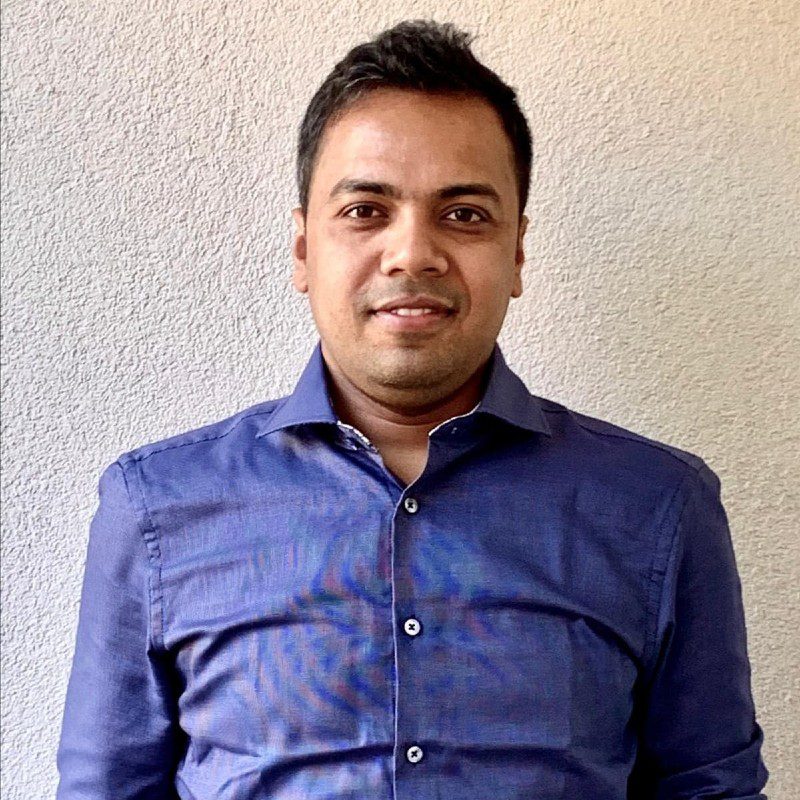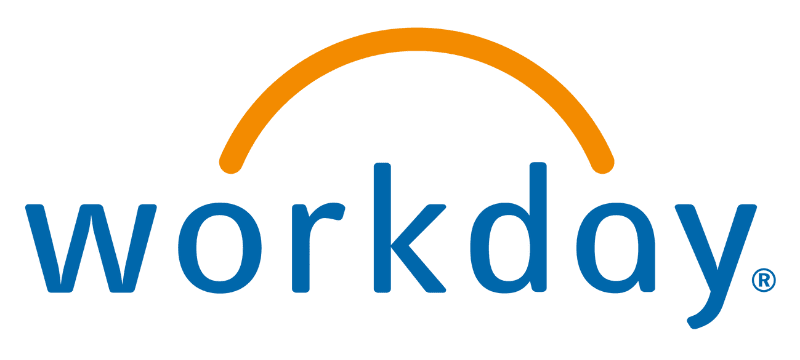Power to the people: Harnessing the voice of the employee
Attrition is a significant threat to nearly every organization, but there is an opportunity to identify the signs of coming attrition early enough to prevent it.
Organizations must shift their approach from firefighting to developing a future-focused process that accommodates regular evolutions, planning for the next 2-3 years instead of the next 2-3 months.
Tune in to this interactive webinar to understand how you can turn the "Great Resignation" into the "Great Regeneration" with active listening.



The annual employee survey has long been a cornerstone of HR practice. But the rise and rise of true employee listening accelerated during the pandemic and shows no signs of slowing down as organizations continue to become more employee-centric.
UNLEASH was thrilled to host this important session unpacking the key tenets of employee listening and empowering people at all levels of an organization with two speakers that live and breath the employee experience everyday.
Watch on-demand to:
- Learn how you can get your leadership team on board with active listening.
- Hone skills for creating an inclusive employee experience by understanding how to utilize feedback effectively.
- Predict and prevent unwanted attrition and give power back into the hands of your line managers and HR teams.
- Consider what other vital information can come out of employee listening initiatives and what others on the front-line are already learning.
Shipping and marine company, Svitzer has over 4000 people dispersed globally and more than half of them based offshore. This isolation heightens the importance of its employee listening initiatives and embedding it as a practice into its culture. And during the pandemic, these people faced enormous pressure as they kept the world going with the crucial delivery of goods worldwide.
Telenor is a global telecoms company with more than 20,000 employees worldwide. A very diverse organization, with footprints in Asia, North Africa and Europe. It has long been a proudly employee-centric organization, as the need was always there to make people’s journeys more connected and more engaged – but the pandemic created more urgency for the organization to hear from employees as everything changed so dramatically in such a short space of time.
It is evident in our organization that people feel connected and engaged when their views have been heard and valued, so it is at the core of our agenda to listen to our people and provide a connection from the top to the bottom of the organization.” – S M Sayed Hossain Rubel, Telenor
The journey so far
For Telenor, employee listening as a mechanism to connect with and engage people is implicit in its strategic agenda. How the HR team does this has evolved and taken more shape over the last few years, having started by following design thinking methodologies. The team’s first step was to ‘understand and define’ their solution, so they needed to really get to know their employees. Something we talk a lot about in HR currently and in many UNLEASH webinars and conference sessions, is the approach of treating your employees like customers – and pulling that focus on their experience into the design and execution of HR services. So it is heartening to see it happening in practice!
From there, Sayed and his team could start thinking about the tools they could use to implement the employee listening strategy – and the associated internal processes. Pulse surveys, regular engagement surveys and tools that gather insights during the flow of work were all assessed for their ability to capture and prioritize the employee voice across the organization.
For Svitzer, there was a pivot during the pandemic when the purpose of the company needed to be redefined. With this came a new strategy and values that needed to be communicated and embedded across everyone in the organization. Rather than this being a traditional top-down initiative though, Svitzer set up workshops that pulled in people from the frontline to involve them in shaping the values from the outset. They were then nominated as what Rahim and his team call ‘cultural catalysts’ i.e. people who went back onto the frontline with the mission of supporting the roll out of the new approach. They were deliberately selected from across different functions and were brought together to be trained on understanding and believing in the values and purpose so that they could become ‘amplifiers’ for us. This move completely changed the challenge of adoption around employee listening – as it was baked right in from the start.
Rahim and his team also had feedback from years of employee surveys that told them they did not really work for their people. They repeatedly received comments that the questions were not relevant and there was a severe case of ‘survey fatigue’ across the organization. The revised strategy evolved to become a continuous listening approach.
So we thought, why not just listen to our colleagues!” – Rahim Ali Abbas, Svitzer
In addition to formally reviewing the survey tools used internally, Rahim and his team also asked their colleagues about the questions they wanted to see – and the feedback was surprising. But the comments raised enabled the HR team to reset and really connect with – and listen to – their people in a different way.
Having this data was key to building the business case for future investment.
Crucially, Rahim talks about ‘active listening’ so they are able to turn the feedback captured from the employee voice – into action – and shape their transformation journey as an organization. Now, whenever there is a new rollout or new ways of doing things at Svitzer, they want to know and understand from their colleagues how they feel about it and whether or not its actually making a difference. This has provided invaluable clarity for senior management.
Creating a culture of trust with feedback at its heart
UNLEASH moderator, Kate Graham, asked about company culture – and how important trust in leadership or senior management is within organizations today. Especially as we all navigate uncertain times and seemingly constant change.
Trust is critical the panel agreed and it cannot be built in a day.
If an organization is thinking of embarking on a transformation journey, the culture will only start to shift when its people start to see some tangible actions coming out of your employee listening. – Rahim Al Abbas
He continued that employees will only come and share their thoughts and feelings if they believe they will be heard. Rahim explains there is a ‘value chain’ of listening, acknowledging, actioning and creating psychological safety for both employees and leaders that helps the culture of an organization grow.
“Seeing is believing” agreed Sayed. Once employees see things they have raised being addressed and their voices being heard, they become encouraged to give more opinion and input. This cannot happen overnight – HR leaders have to be intentional about it, it needs to be a focus and the right mindset throughout the organization – and it will take time.
Analytics and action
Understanding your employees is key to success here. From department, to age, to gender, to length of tenure, to different working environments, it is imperative to know the segments that make up your employee base and capture the voices of all of them – every corner of the organizations.
But all this is useless without the tools and skills to analyze the data you are gathering. Different organizations will prioritize different metrics – and that’s fine agree both our experts. But being able to harness the analytics and apply them to KPIs or some kind of score card as Sayed discusses in the session, simply has to happen as insights without action are worthless.
Tools and technology
It was acknowledged that this is a growth area for HR technology and there are lots of different employee listening tools for HR buyers to choose from. And Rahim stressed it is important to be choosy about the tools that can provide the right insight. After much deliberations, Svitzer selected Peakon as they needed the built in analytics and insights.
The panel and audience agree that ultimately, an organization’s employees are the driving force that impact performance. So treating them as customers from HR’s perspective makes sense – because if you can harness their voices, action their insights to keep them happy and engaged, they will perform better – and so will the organization as a whole.
Watch On Demand
"*" indicates required fields
Contact Us
"*" indicates required fields
Partner with UNLEASH
"*" indicates required fields
